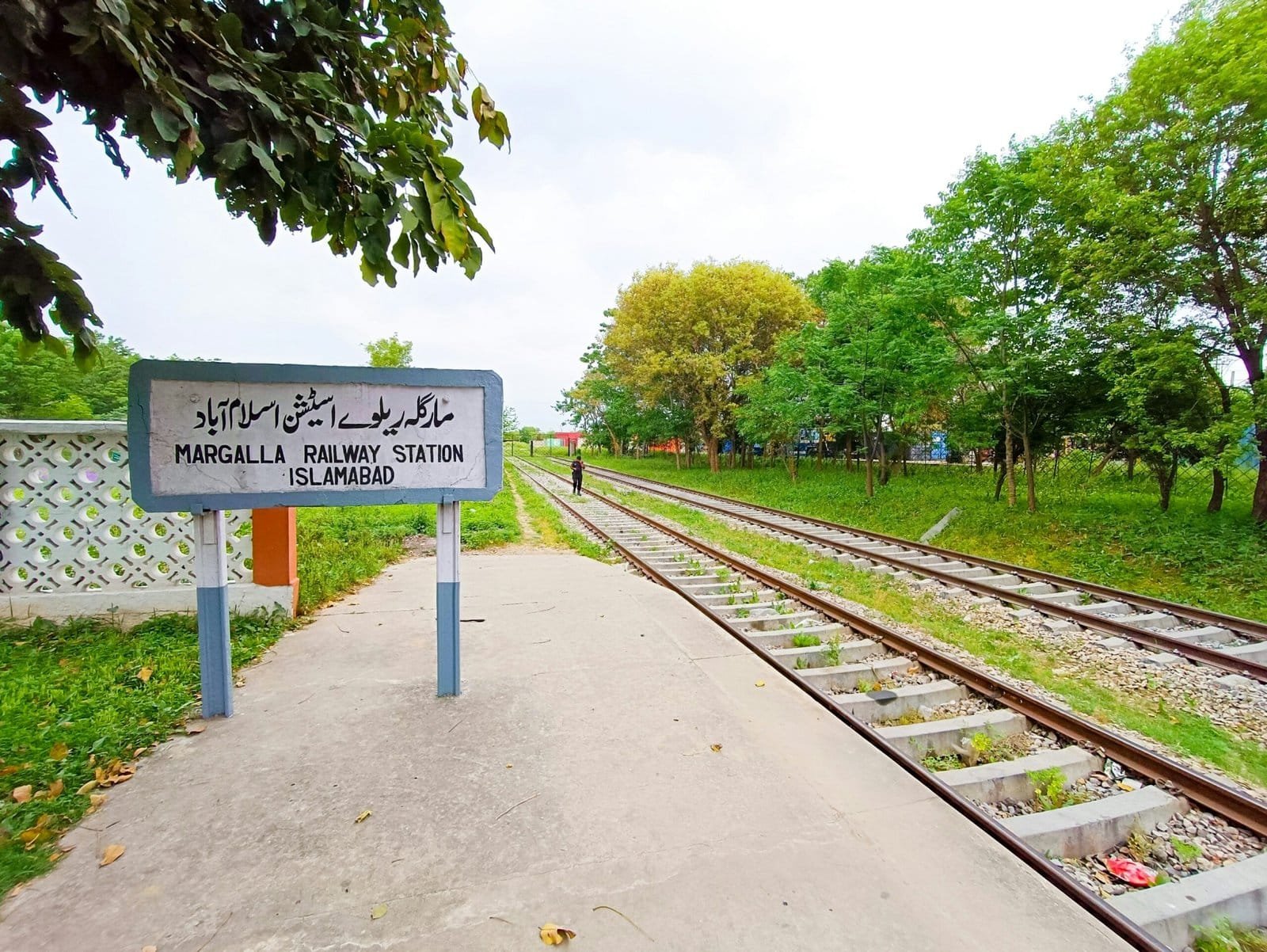
Metal Materials Used in the Railway Sector
The railway sector relies heavily on various metal materials for the construction, maintenance, and operation of railway infrastructure. These materials are chosen for their durability, strength, and resistance to wear and tear. Here are some of the commonly used metal materials in the railway industry:
- Steel: Steel is one of the most widely used metals in the railway sector. It is used for manufacturing various components such as rails, sleepers, bridges, and locomotives. Steel offers excellent strength and can withstand heavy loads and extreme weather conditions. In addition to its strength, steel is also highly recyclable, making it an environmentally friendly choice for the railway industry.
- Cast Iron: Cast iron is used for manufacturing brake shoes, brake discs, and other components that require high strength and heat resistance. It is known for its excellent wear resistance and ability to dissipate heat. Cast iron is also relatively inexpensive compared to other metals, making it a cost-effective option for the railway sector.
- Aluminum: Aluminum is used in the construction of lightweight railway carriages and electrical components. It is valued for its low density, corrosion resistance, and electrical conductivity. Aluminum’s lightweight nature helps reduce the overall weight of railway carriages, resulting in improved fuel efficiency. Additionally, its corrosion resistance properties make it suitable for outdoor applications where exposure to moisture and other elements is common.
- Copper: Copper is used for electrical wiring, connectors, and other electrical components in railway systems. It is an excellent conductor of electricity and offers good resistance to corrosion. Copper’s high electrical conductivity ensures efficient power transmission in railway systems, while its corrosion resistance properties help maintain the integrity of electrical connections over time.
- Stainless Steel: Stainless steel is used in the construction of railway stations, platforms, and other infrastructure. It is highly resistant to corrosion, making it suitable for outdoor applications. Stainless steel’s aesthetic appeal and durability make it a popular choice for architectural elements in railway infrastructure. Additionally, its low maintenance requirements and long lifespan contribute to its cost-effectiveness in the long run.
Overall, the use of these metal materials in the railway sector is essential for ensuring the safety, efficiency, and longevity of railway infrastructure. The unique properties of each metal contribute to the overall performance and reliability of the railway system, making it possible for trains to transport passengers and goods smoothly and efficiently.
8. Track Maintenance and Repair
In addition to providing metal products and processing services, Steeling also offers track maintenance and repair solutions to the railway sector. Their team of experienced technicians and engineers can assess the condition of railway tracks, identify any issues or damages, and provide effective solutions to ensure the safe and efficient operation of the railway system.
Steeling’s track maintenance and repair services include track inspection, rail replacement, track alignment, and track resurfacing. They utilize advanced technology and equipment to carry out these tasks with precision and accuracy. By regularly maintaining and repairing railway tracks, Steeling helps to prevent accidents, reduce downtime, and extend the lifespan of the tracks.
Furthermore, Steeling understands the importance of minimizing disruptions to railway operations during maintenance and repair work. They strive to complete the tasks efficiently and within the shortest possible time frame, minimizing any inconvenience to railway operators and passengers.
With their comprehensive range of metal products and processing services, as well as their expertise in track maintenance and repair, Steeling is a trusted partner for the railway sector. They are committed to delivering high-quality solutions that meet the specific needs and requirements of their railway clients, ensuring the smooth and reliable operation of the railway system.